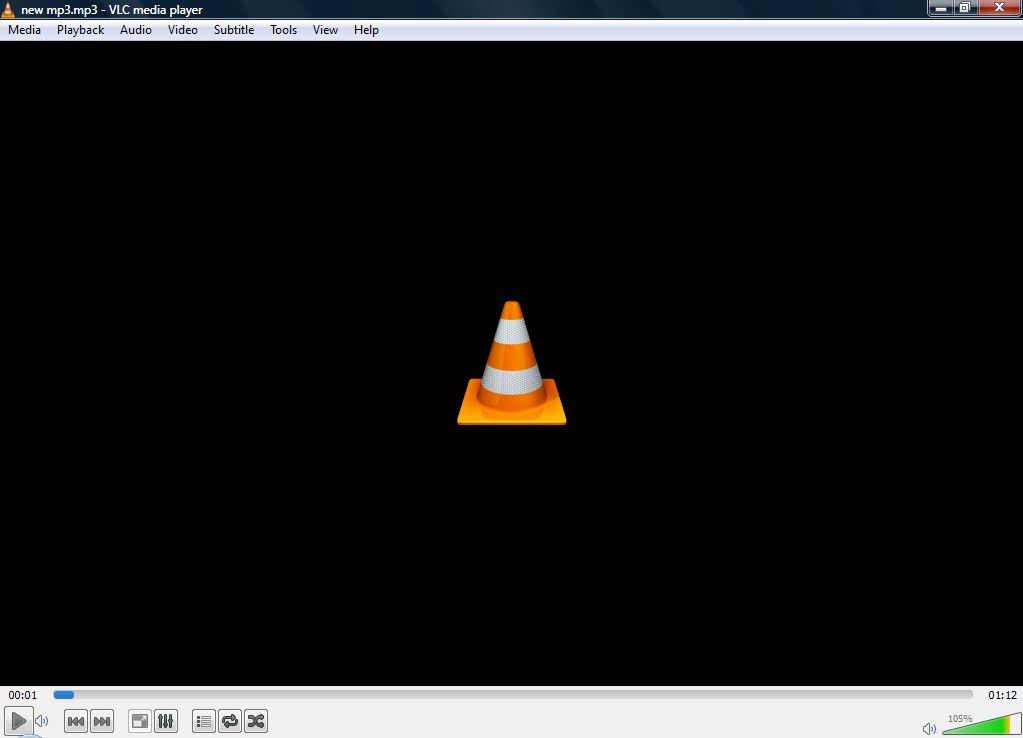A good website created with Squarespace can significantly improve your online presence and attract more visitors to your business. But there’s a way to amplify the effects of a high-quality site – linking your social media. By directing your audience to your Instagram, Facebook, LinkedIn, or any other network, you organically increase brand reach, which is key to growing your company.
Linking social media to your Squarespace website only takes a few steps and can enhance your business.
How to Link Social Media to Squarespace Website
You can link many social media platforms to your Squarespace page, including Facebook, Instagram, LinkedIn, Pinterest, SmugMug, X (Twitter), and Tumblr. Let’s see how to connect each account to your website.
How to Link Facebook to Squarespace Website
Take the following steps to link your Facebook profile to your Squarespace website:
- Open Connected Accounts.

- Choose Connect Account and press Facebook.

- Log in to Facebook with your password and username.

- Check the box next to Show Push Option to allow Squarespace to publish content to your Facebook profile automatically. Pick Facebook from the menu.
- Click Save, and – voila – your Squarespace website and Facebook account have joined forces.

If you wish to post on multiple Facebook profiles from Squarespace, you’ll need to link each profile separately. But first, you’ll need to log out of the current account before connecting to another one.
After linking your Facebook profile, you can also add a Facebook social icon to a prominent part of your website to help your audience discover the account more easily. Here’s how to do so.
- Navigate to Social Links.

- Add the URL of your Facebook account.

- Click the prompt to show your social icon.
- Select Save.

How to Link Instagram to Squarespace Website
Adding Instagram to Squarespace is even easier.
- Head to your Connected Accounts menu.

- Tap Connect Account.

- Browse the Social Accounts section and find Instagram.

- Type in your password and username if you haven’t logged in already.

How to Link Pinterest to Squarespace Website
Another social media you can link to Squarespace is Pinterest. Here’s how it works.
- Access Connected Accounts.

- Go to Connect Account.

- Click Pinterest.

- Enter your login credentials.

- Press Allow and wait for Squarespace to connect with Pinterest. Keep in mind that this doesn’t mean Squarespace will post on your Pinterest profile without your permission. It merely adds an option for new pins when you publish content yourself.

- Check the field next to Show Push and select your push target using the Select Board menu.

- Tap Save, and – ta-da – your Pinterest profile is now a part of your Squarespace website.

How to Link LinkedIn to Squarespace Website
It’s hard to imagine a business website without a LinkedIn profile. Thankfully, Squarespace enables you to fuse LinkedIn into your page.
- Open your Connected Accounts window.

- Tap Connect Account and click LinkedIn.

- Enter your LinkedIn password and username.

- Enable Squarespace to publish content to your profile.
- Click Save.
How to Link Tumblr to Squarespace Website
If your website already amazes your audiences with its creative content, you can take it to a whole new level by pairing it with your Tumblr profile.
- Navigate to Connected Accounts.

- Press Connect Account.

- Choose Tumblr.

- Log into your profile.

- Tap Allow.

- Choose the blog you wish to connect to your Squarespace websites, which is where content from Squarespace will be published.

- Choose Save.

How to Remove Social Media from Squarespace
You might have had a great run with one of your social media profiles on Squarespace, but what if you deactivate the account? The last thing you want is to direct your audience to a “404 Not Found” page or something similar.
That’s why you should disconnect a social media account from your website if you no longer use it.
- Go to Connected Accounts.

- Tap the profile you wish to remove.

- Choose Disconnect and confirm your decision.

Making Your Social Media Presence Felt
If your Squarespace website is attracting lots of visitors, why not experience the same traffic on your social media platforms? That’s exactly what you can do by linking your profiles to your site. Once you do so, visitors will have a much easier time discovering all your accounts. You know what that means? That’s right – organic website growth.
What social media accounts do you use for your business? Do you post similar content on your social media and your Squarespace website? Tell us in the comments section below.
Disclaimer: Some pages on this site may include an affiliate link. This does not effect our editorial in any way.































